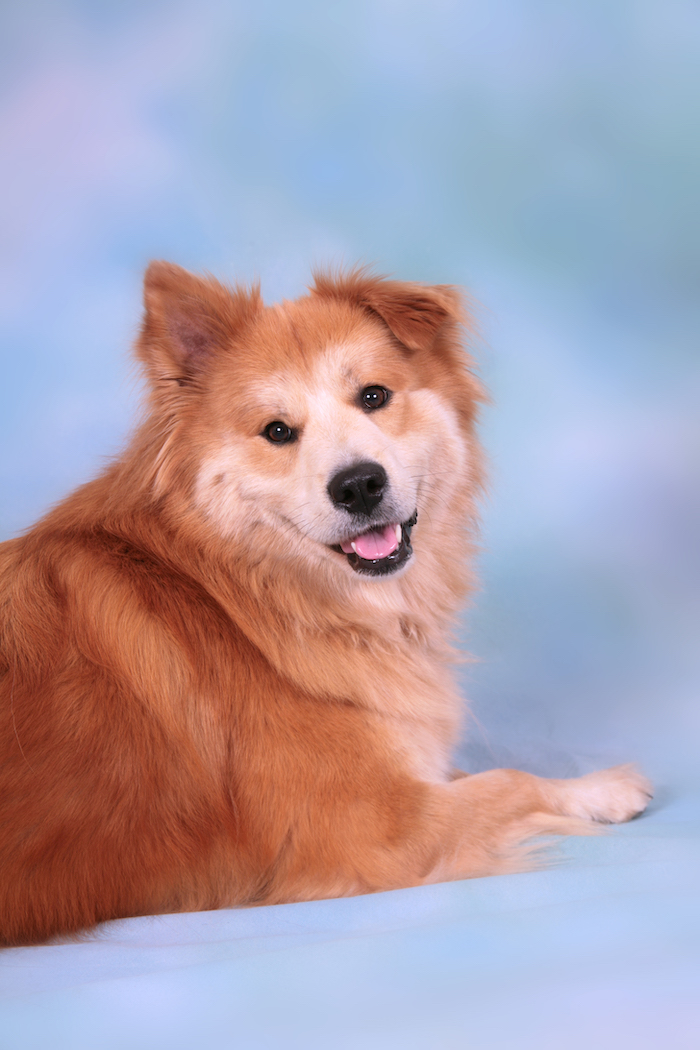Best Dog Brushes to Get This Year: FAQs and Buying Guide
Before we conclude this guide, let’s summarize everything we have discussed here regarding the choice of the best dog brush for your dog. We will also answer some of the most frequently asked questions coming from our readers and dog lovers in general!
What are the best dog brushes on the market?
After testing and reviewing the products on this list, we came up with the following results:
- Best dog brush overall: the Furminator brush – FURminator Grooming Slicker Brush
- The best dog brush for shedding: Vet’s Pride 2-in-1 Deshedding Comb and Undercoat Rake
- Best dog brush for short hair: the Go Pets Double-sided Pin & Bristle Brush. Alternatively, just as one of our readers pointed out, you can also try the Greenbone Bamboo Pet Grooming Brush. We did not get to test it, but if you did, let us know in the comment section below, as we’d love to hear about your (and your doggo’s) experiences with it!
- The best dog grooming brush – still the FURminator Grooming Slicker Brush
2. Are double-sided brushes for dogs worth it?
If you find one of high-quality, yes, a double-sided brush for dogs is an excellent dog grooming tool that brings together the best of both worlds when it comes to health and looks. If one of the sides is a pin brush, it will help you detangle your buddy’s fur and remove fur mats. In this case, the other side should be a bristle brush for coat shine and smoothness.
3. Is it better to brush the dog when it is wet or dry?
It is better to brush your dog – no matter the types of dog brushes you use – when the fur is dry. Otherwise, the fur tangles, you will be mostly pulling mats out of the fur instead of gently removing them, and risk scratching the dog’s skin. If you want to brush the dog after a bath, let its fur dry out before you begin.
4. How often should you brush your dog’s fur?
You should brush your dog’s fur just as often as you brush your dog’s teeth (maybe not both on the same day to avoid ruining the doggo’s entire day with your grooming persistence 🙂 ): every couple of days. Besides the specific moments when you need to brush your doggo – remove hair mats or help your pet with the seasonal shedding process – your weekly brushing routine should be part of the dog’s hygiene and grooming routine.
5. How do you brush a dog that does not like brushing very much?
The dog brushing routine should always follow a basic set of rules:
- Always be gentle and patient to avoid pulling hairs or scratching the skin;
- The brushing movement should follow a down-and-out path, away from the dog’s skin;
- Always brush in the fur’s growth direction and never backward, it tends to irritate dogs and make them agitated;
- If the dog is restless, talk to it in a gentle, soothing voice, to keep it still and patient;
- If the dog does not like the brushing, give it a breather every couple of minutes, but don’t let it run away’
- Dog treats or dental chews and praise words should ensue right after the brushing is over.
Conclusion
Just like a carpenter or a plumber, brushing your dog works best when you have the right tool for the job! Examine your pet’s fur to determine if it is long, short, curly, wiry, or otherwise, and read the packaging well to make a smart choice when looking for the best dog brush to use on your pet. Hopefully, this review of the 7 Best Dog Brushes of 2019 will be a grrreat place for you to start!
Once you begin grooming your dog, make sure you are calm and not rushed. Be gentle and patient as you stroke his fur, paying attention to the skin and anything that should not be there. When brushing your dog, if you encounter tangles or mats, move the brush gently and take small sections of fur at a time.
Brushing should not be a painful experience but rather a rewarding bonding time. Remember, properly grooming your dog is important to his health, as well as his hygiene, so make sure every time you brush your dog, it is at the right time and with the best dog brush for them, so that it is an enjoyable time spent together.
